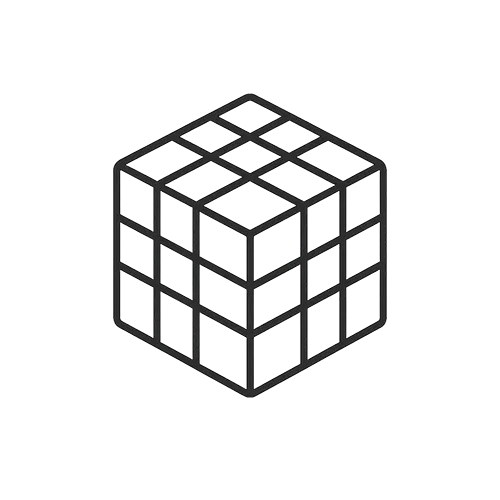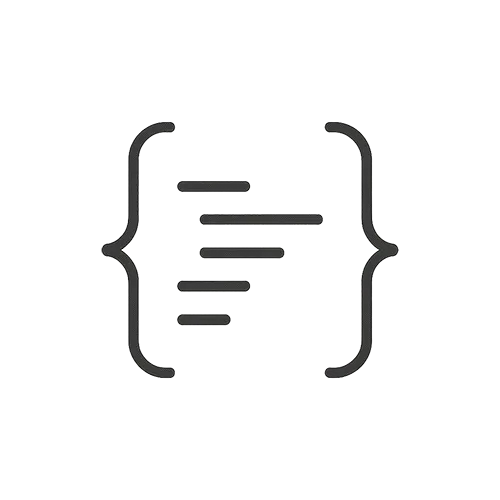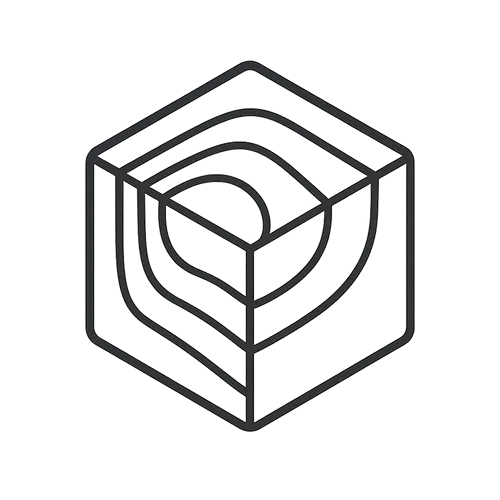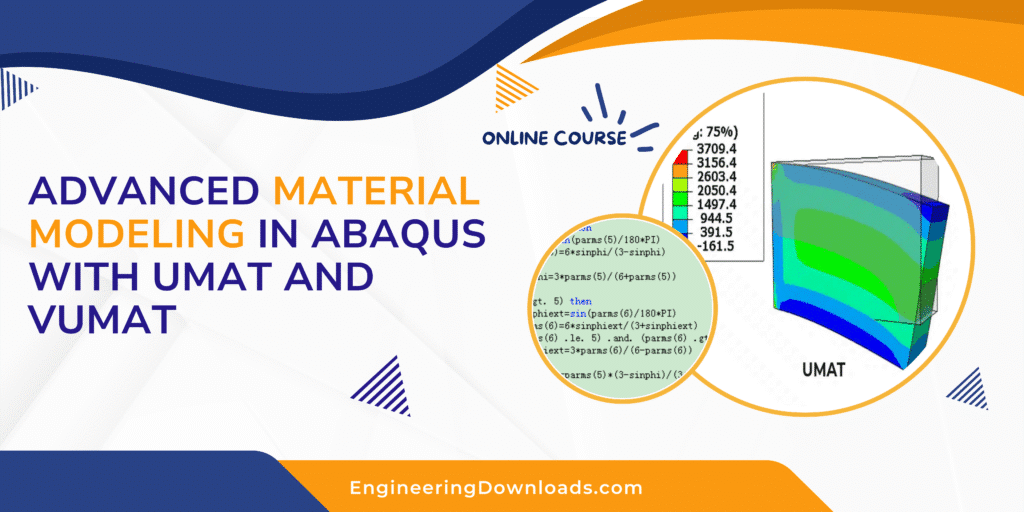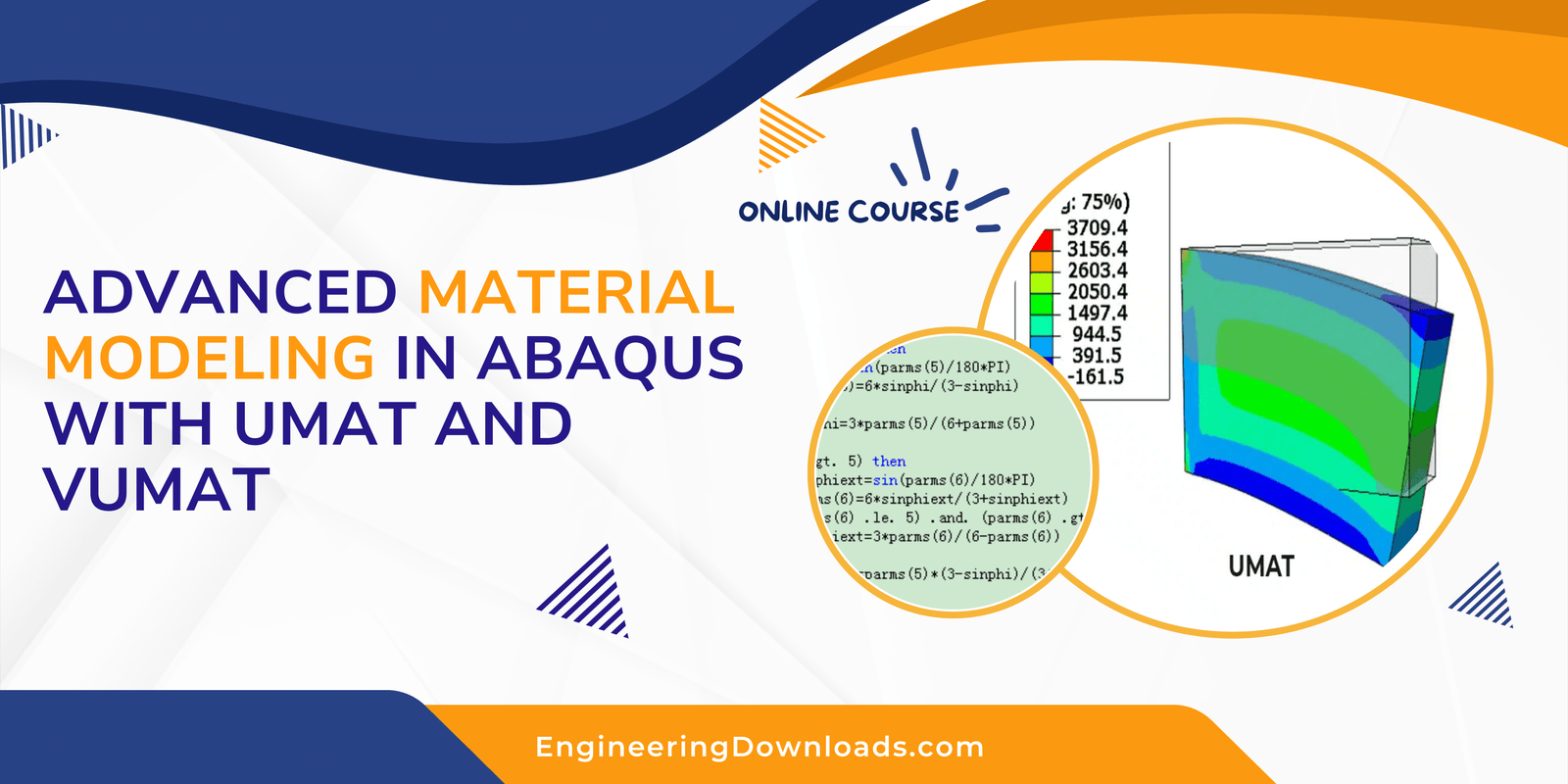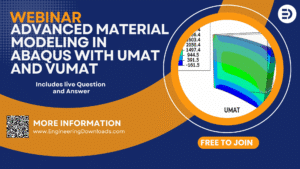Syllabus
Module 1: Introduction
- 1.1 The Need for Custom Models: Limitations of the built-in ABAQUS material library. When and why to use a user subroutine.
- 1.2 UMAT vs. VUMAT: The Critical Distinction:
- Implicit (Standard) vs. Explicit Solvers: A practical refresher.
- Core differences in function, required outputs, and application areas.
- 1.3 The ABAQUS-Subroutine “Handshake”: How the solver calls your subroutine at each integration point, increment, and iteration. Understanding the flow of data.
Module 2: UMAT for ABAQUS/Standard (Implicit Analysis)
- 2.1 Anatomy of a UMAT: A detailed breakdown of the subroutine interface: STRESS, STATEV, DDSDDE, STRAN, DSTRAN, and other key variables.
- 2.2 The Core Task: The Stress Update Algorithm.
- 2.3 The Jacobian (DDSDDE):
- Why the tangent stiffness matrix is crucial for convergence in implicit analysis.
- Formulating the “consistent” (algorithmic) tangent modulus vs. the continuum tangent.
- 2.4 Tracking History with State Variables (STATEV): How to store and update internal variables like plastic strain, damage, etc.
Module 3: VUMAT for ABAQUS/Explicit (Dynamic Analysis)
- 4.1 The Explicit Philosophy: Why the Jacobian is not required. The role of the stable time increment.
- 4.2 Anatomy of a VUMAT: Breakdown of the interface, highlighting differences from UMAT (e.g., use of deformation gradient).
- 4.3 The Explicit Stress Update: Implementing a forward-Euler integration scheme.
- 4.4 Handling Element Failure: Using the STATUS flag for element deletion.
Module 4: Constitutive Modeling and Advanced Applications
- Metal Plasticity via UMAT
- Hyperelasticity via VUMAT
- Damage Mechanics via UMAT and VUMAT
- Case Study 1: Damage in Composite Laminates
- Modeling fiber and matrix failure using state variables in a UMAT.
- Case Study 2: Non-linear behavior of materials
- Simulating non-linear behavior of material having large deformation via UMAT.
- Case Study 3: Nonlinear elastic behavior of ductile metals via VUMAT
- deformation plasticity theory for fully plastic analysis of ductile metals via a VUMAT
